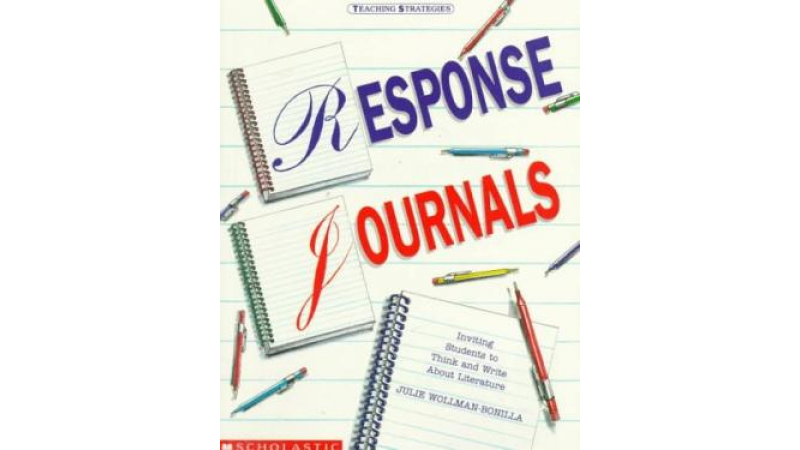Reflecting on my experience as a teacher, I am trying to imagine what I would do if I was returning to the classroom this month, in the middle of a natural disaster and a turbulent news cycle.
- What is my essential question for the year?
- What is the first thing my students will ‘read’?
- What is the first thing my students will ‘write’?
But a ‘what would I do?’ is so hard to pin down, because it’s all conjecture. Instead I am dragging my metaphorical teacher toolbox out of the dusty corner it occupies in my garage (brain) and rummaging through it for what I did do, because it worked.
Rewind a decade; I was a high school English teacher, and my Social Studies colleague – Marie Julienne – and I puzzled this out together. In fact, we spent an entire summer planning an integrated tenth grade humanities curriculum and our first to-do was to develop an essential question, the foundation for a year of inquiry that would culminate in National History Day projects. Jeffrey D. Wilhelm explains in Teacher magazine,
“An essential question frames a unit of study as a problem to be solved. It should connect students’ lived experiences and interests (their only resources for learning something new) to disciplinary problems in the world. And it should connect what they learn back to the real world, where they can put their new understandings to work.”
After much coffee, pie, and discussion at the Flying Star in downtown Albuquerque:
- Essential question – To what extent is man’s inhumanity to man justified?
- First ‘reading’ – War, by Bob Marley
- First ‘writing’ – Response journal entry, reflecting on the War lyrics
On the first day of school, we gathered the entire 10th grade together in my classroom and played the song LOUDLY on my boom box. And then we played it again. After the second listen, we asked for silence and our students wrote in their response journals for ten minutes. In an order I can’t remember, we followed that with introducing the essential question for the year, handing out syllabi, and explaining how we would be using response journals to guide our curriculum.
 Black and white composition notebooks, these journals were essential to our pedagogy. In fact, I still have one (well two, one per semester) that one of our kids let me keep. It is on my bookshelf at home, precious because it captures some of my best work, as a teacher. The students pasted readings on the left and responded to them on the right, making text-to-text, text-to-world and text-to-self connections. On Fridays Marie and I collected the response journals and split them between us to read the next day. Although we had a plan for the year, and for each semester, and for each quarter, we refined our curriculum and made final decisions together about lessons for the upcoming week, on Sunday afternoons, over coffee, while sharing our observations from the response journals.
Black and white composition notebooks, these journals were essential to our pedagogy. In fact, I still have one (well two, one per semester) that one of our kids let me keep. It is on my bookshelf at home, precious because it captures some of my best work, as a teacher. The students pasted readings on the left and responded to them on the right, making text-to-text, text-to-world and text-to-self connections. On Fridays Marie and I collected the response journals and split them between us to read the next day. Although we had a plan for the year, and for each semester, and for each quarter, we refined our curriculum and made final decisions together about lessons for the upcoming week, on Sunday afternoons, over coffee, while sharing our observations from the response journals.
We responded to every kid in the back of their notebook – one compliment, one critique, one suggestion, and one sticker. We debated how to adapt to the texts, to the things going on in the world, and to what we learned about our students’ lives. We compromised. We wrote lessons. We graded stuff. We made each other better teachers.
And on more Sundays than I can count, we closed down the Flying Star café.
So what would I do – now? Three recommendations:
- Develop an essential question for the year, or at least for the fall. Post it in the classroom. Talk about it on the first day. Point at it, wherever you posted it, when the teachable moment is right. Be ready – as you know, you can’t plan teachable moments. They just happen.
- Plan for the year and outline the curriculum as needed, but be responsive. Connections help students retain new knowledge, so when there is an opportunity to connect curriculum to a new development in popular culture, the news cycle, and students’ lives, take it. Like teachable moments, you can’t plan for these. Life happens.
- Collaborate with a colleague to create opportunities for connections between subjects. You don’t have to go as hard as Marie and I did, but I would recommend it. It’s like how I go faster (and don’t stop nearly as much) when I am running with someone as opposed to when I run by myself. It is nice to have somebody to problem solve with. Make this happen.
I am tempted to end this post wishing you “good luck” for the year, but, instead, I will end with the phrase that my father and uncle have their basketball players yell, at the end of a time out, when everyone puts their hands in, before going back out on the court.
Put your hand ‘in’… lay it on the screen, maybe hit the share button, and say it with me:
HARD WORK!!
Wollman-Bonilla, Julie. Response Journals. New York, N.Y: Scholastic, 1991.



